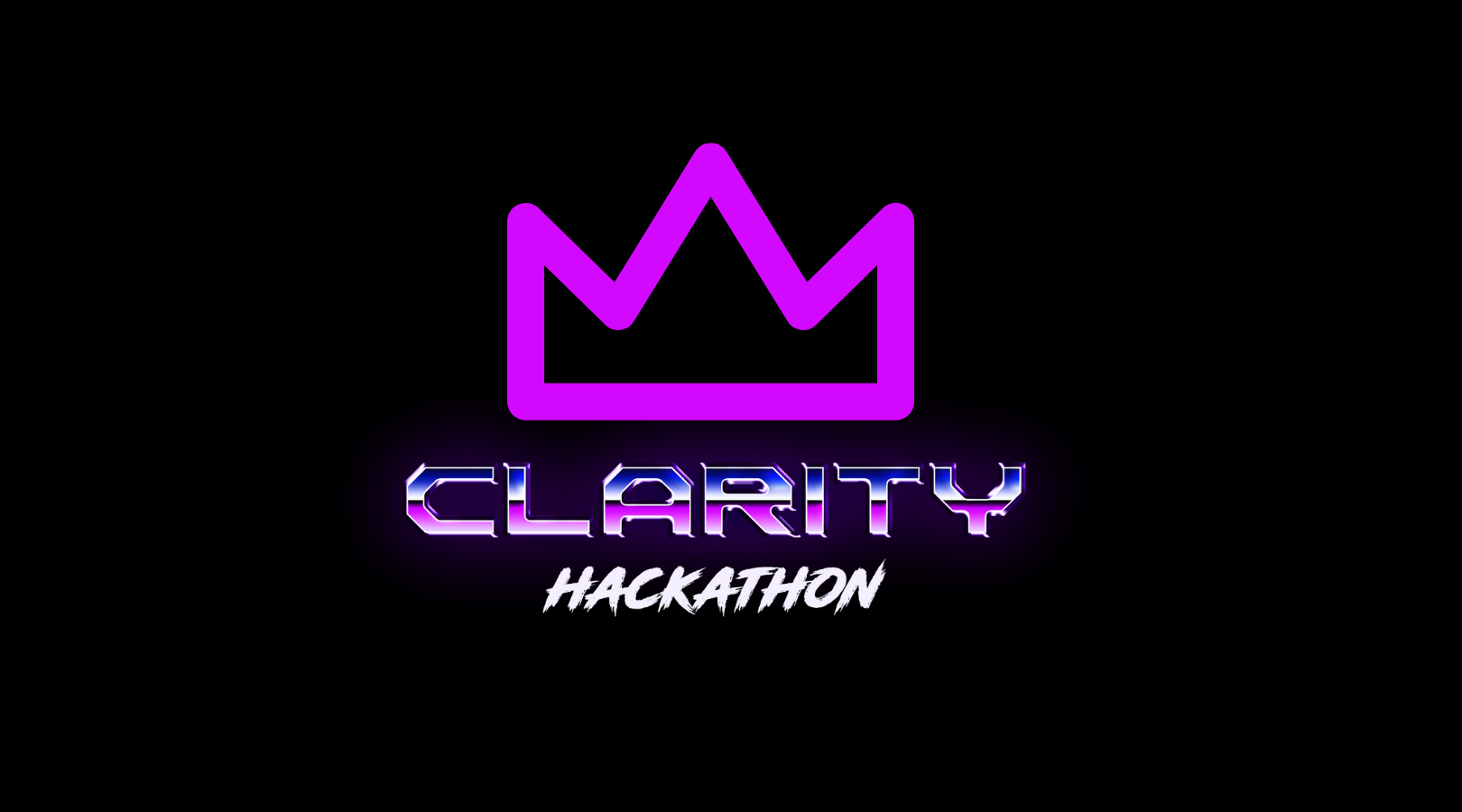
That’s a wrap for Part 1 of our Clarity Hackathon, and what a two weeks it was! We were thrilled to see hackers develop some truly creative and powerful smart contracts. If you missed out, Part 2 kicked off yesterday with a focus on building out the tools around Clarity and there are prizes of up to $3,000 up for grabs. → Learn more
For now, it’s time to pull back the curtain and give you a little glimpse into some of the winners of Part 1. Congratulations and thank you to everyone that participated and be sure to browse the full list of winners.
Best Overall Contract [$1000 Grand Prize]
SWAPR: A TRUSTLESS TOKEN EXCHANGE
SWAPR implements a contract that allows clients to swap a token for an other in a trustless fashion, in a fashion similar to what Uniswap does in the ETH world by having a liquidity pool that earns transaction fees taken on what others exchanges.
Preview of other winners:
MINTING NON-FUNGIBLE DIGITAL COLLECTIBLES
by: radicleart
Non-fungible assets, or NFTs, have really blown up in the blockchain space over the last few years. Just as music did in the 2000s, people are realizing that asset ownership is slowly gravitating to the digital realm. Ten years ago, the public scoffed at people pumping their money into World of Warcraft to obtain that super special item. Today, an entire generation of teens is throwing money at Fortnite for virtual dances, in-game concerts, and purely cosmetic upgrades.
This contract establishes NFTs in the Clarity language, and implements all the functions needed to interact with them. A digital asset is defined as a space of sha-256 hashes. It also defines “projects” as spaces of these digital assets. NFTs can then be minted as digital collectibles, and are assigned to an owner address. This allows a platform to charge a small minting fee (business models for the win!). Finally, the contract sets up functionality for marketplaces and auctions. What good is a digital collectible if you can’t sell it when it accrues value?!
CONFERENCE
This is an intriguing project that implements conference ticket sales in a smart contract. A conference owner is designated as a principal, start time and end time is set, and ticket price is calibrated. To buy a ticket for the conference, you call the buy-ticket function, and then “enter” the conference by calling the enter-conference function.
Be sure not to miss the full list of winners and if you’re interested in getting involved with the Clarity Hackathon, please join us for Part 2!